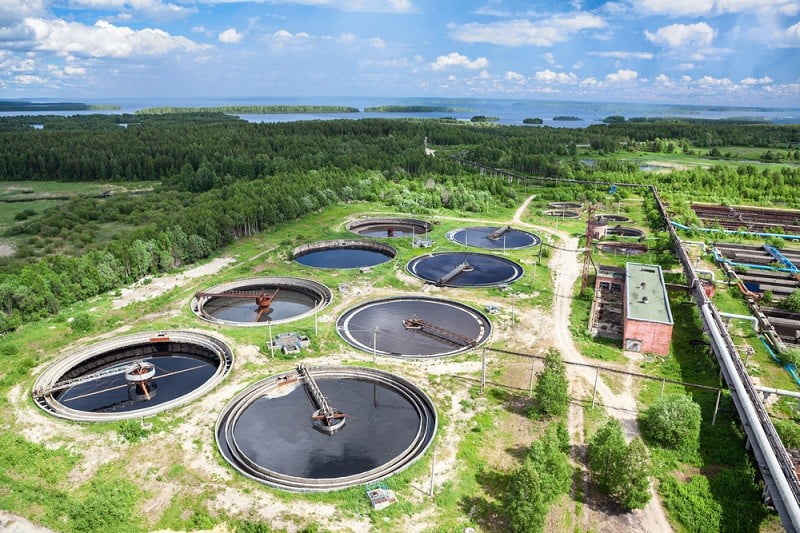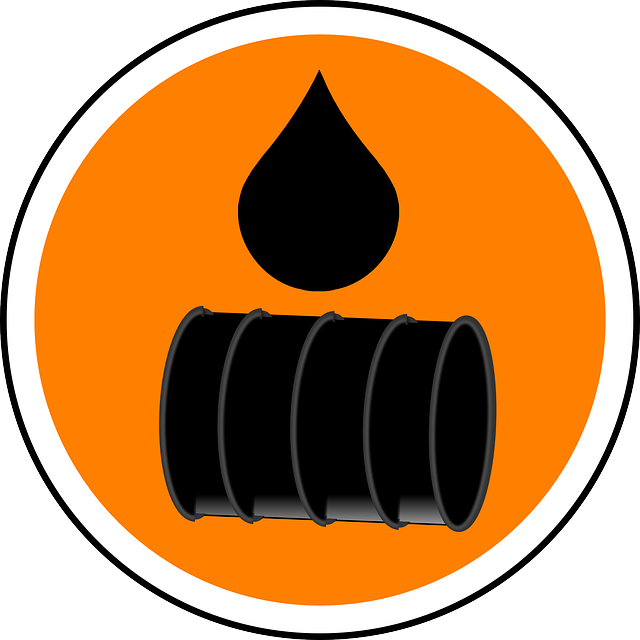Expert Liquid Waste Removal Melbourne: Quick and Affordable Providers
Expert Liquid Waste Removal Melbourne: Quick and Affordable Providers
Blog Article
Exactly How Fluid Waste Disposal Functions: An In-depth Introduction of Techniques and Technologies Employed

Review of Liquid Waste Kind
The complexity of liquid waste kinds necessitates a complete understanding of their features and effects for disposal. Liquid waste can generally be classified right into numerous types, consisting of industrial, metropolitan, farming, and contaminated materials. Each group exhibits distinctive buildings, requiring specific administration techniques to reduce ecological and health and wellness dangers.
Industrial liquid waste originates from making processes and commonly includes an array of impurities, such as heavy metals, solvents, and natural substances. Municipal fluid waste, mostly comprising wastewater from homes and commercial establishments, has raw material, nutrients, and microorganisms (industrial wastewater treatment). Agricultural fluid waste, consisting of drainage from farms, may have fertilizers, chemicals, and pet waste, posing risks to water top quality and environments
Hazardous liquid waste is defined by its toxicity, reactivity, or possible to create injury. This group consists of materials like acids, bases, and certain chemicals that require strict handling and disposal protocols. Recognizing these varied liquid waste types is critical for creating effective disposal techniques and making certain conformity with environmental policies. Appropriate classification and characterization are crucial for carrying out proper treatment methods and lessening the damaging influences on public wellness and the environment.
Physical Therapy Techniques

Screening is the initial action, where bigger bits and particles are eliminated from the fluid waste making use of screens or grates. In sedimentation storage tanks, larger fragments settle at the bottom, creating a sludge layer, while the cleared up fluid can be more dealt with.
Purification is one more crucial approach that entails passing the liquid with porous products, such as sand or membrane layers, to capture smaller sized particles. This action boosts the quality of the fluid, making it ideal for subsequent treatment processes.

Chemical Therapy Strategies
Chemical treatment methods are essential for effectively managing fluid waste, particularly in attending to dissolved and colloidal pollutants that physical methods might not properly get rid of. These methods utilize various chemical agents to neutralize, precipitate, or change unsafe materials into less dangerous forms.
One typical technique is coagulation and flocculation, where chemicals such as alum or ferric chloride are included in promote the gathering of suspended fragments. This process boosts sedimentation, permitting much easier elimination of the resulting sludge. Furthermore, oxidation procedures, employing representatives like chlorine or ozone, are utilized to damage down intricate organic compounds and pathogens, rendering the waste safer for discharge or further therapy.
Neutralization is an additional crucial strategy, which readjusts the pH of acidic or alkaline waste streams to neutral levels, stopping possible harm to downstream systems and the environment. Furthermore, advanced oxidation procedures (AOPs) use combinations of oxidants and ultraviolet light to deteriorate consistent pollutants, achieving a greater degree of therapy effectiveness.
Organic Therapy Processes
Organic treatment processes play an important role in the monitoring of fluid waste by making use of bacteria to break down organic issue and lower pollutant degrees. These procedures can be generally classified right into anaerobic and aerobic therapies, each employing specific microbial areas to attain effective waste deterioration.
Cardio therapy includes using oxygen to help with the failure of natural materials by microorganisms. This procedure is generally executed in triggered sludge systems, where aeration containers provide a conducive atmosphere for microbial growth, causing the oxidation of natural contaminants. The resultant biomass can be divided from dealt with effluent via sedimentation.
On the other hand, anaerobic therapy happens in the absence of oxygen, relying upon different bacteria to break down raw material. This technique is specifically helpful for high-strength waste, as it produces biogas, a renewable resource resource, while minimizing sludge manufacturing. Technologies such as anaerobic digesters are regularly employed in local and industrial applications.
Both anaerobic and cardiovascular organic therapies not just lessen the environmental effect of fluid waste however also help with source recuperation, making them vital components of sustainable waste monitoring methods. Their effectiveness, versatility, and performance sustain their extensive implementation throughout different sectors.
Arising Technologies in Disposal
Ingenious methods to fluid garbage disposal are quickly progressing, driven by developments in innovation and an enhancing emphasis on sustainability. Among these arising innovations, membrane bioreactors (MBRs) have actually gained traction for their ability to combine organic therapy with membrane layer filtration, causing premium effluent that can be recycled in numerous applications. MBRs make it possible for smaller sized footprints and much more efficient operations contrasted to conventional systems.
An additional encouraging growth is the usage of anaerobic food digestion incorporated with nutrient healing technologies, which not only treats liquid waste yet also produces biogas and recovers valuable nutrients like nitrogen and phosphorus. This twin benefit improves resource performance and decreases ecological influence.
In addition, progressed oxidation procedures (AOPs) are being embraced visit this page for the degradation of complex organic contaminants. These techniques make use of effective oxidants and stimulants to damage down pollutants at the molecular degree, offering a very efficient option for difficult waste streams.
Furthermore, the integration of synthetic intelligence and device discovering in waste administration systems is optimizing operational efficiency and predictive upkeep, causing lowered expenses and enhanced ecological visit our website compliance. These innovations show a considerable change towards more sustainable and effective fluid waste disposal practices.
Verdict
In conclusion, reliable fluid waste disposal necessitates a comprehensive understanding of different techniques and innovations. The integration of physical, chemical, and organic therapy approaches makes certain the efficient monitoring of diverse waste kinds. Additionally, the emergence of cutting-edge technologies boosts treatment efficacy and promotes sustainability in waste administration practices. By constantly advancing these techniques, it comes to be possible to address the growing difficulties linked with fluid waste, eventually adding to environmental protection and resource healing.
Liquid waste disposal is a vital element of environmental administration, requiring an extensive understanding click here for more of numerous strategies and innovations customized to different waste types. Fluid waste can generally be classified right into numerous kinds, consisting of industrial, metropolitan, agricultural, and hazardous waste. Agricultural liquid waste, consisting of drainage from farms, may consist of plant foods, pesticides, and pet waste, posing dangers to water quality and environments.
Different physical treatment approaches play an essential role in managing fluid waste effectively - industrial wastewater treatment.In verdict, efficient liquid waste disposal necessitates a detailed understanding of numerous strategies and technologies
Report this page